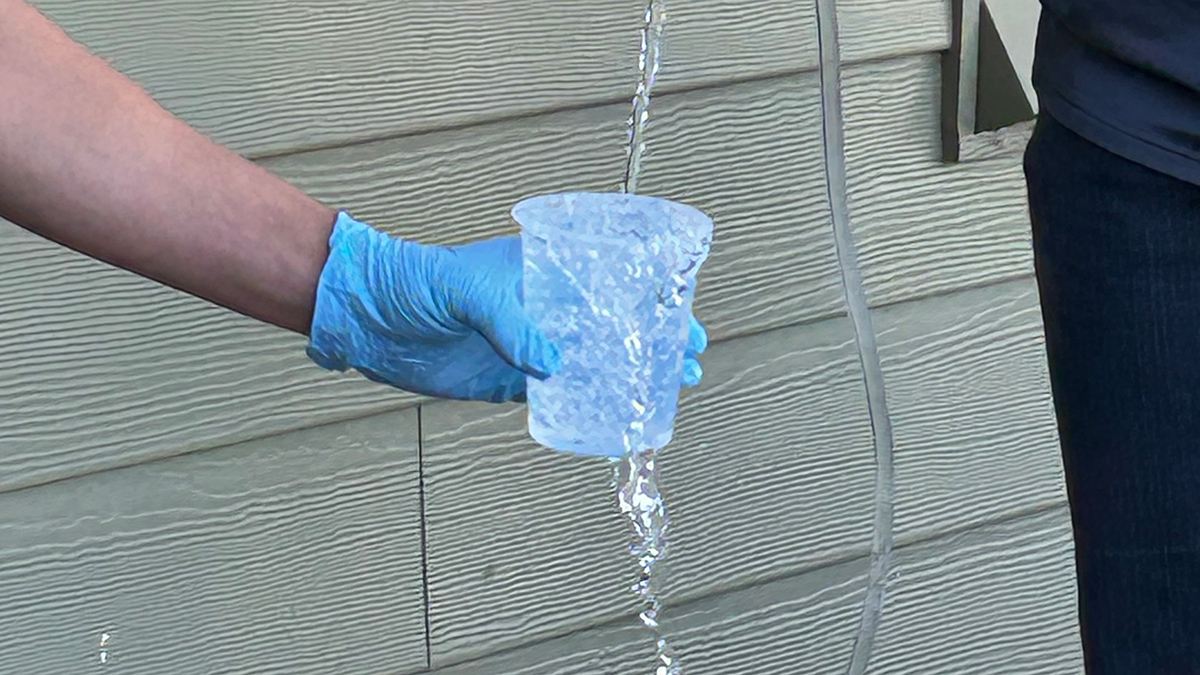The Know Your Well program gives high school students experience in hands-on STEM research while providing community members information about their water quality.
Nebraska
Posted inNews
Modeling Groundwater and Crop Production in the U.S. High Plains
Innovative new research by a team of international scholars borrows modeling methods from ecology and applies them to groundwater sustainability.
Posted inNews
Geoscientists Help Map the Pandemic
Data visualization and mapping are valuable tools in the fight against COVID-19. Geoscientists can help healthcare workers and shape public policy.



